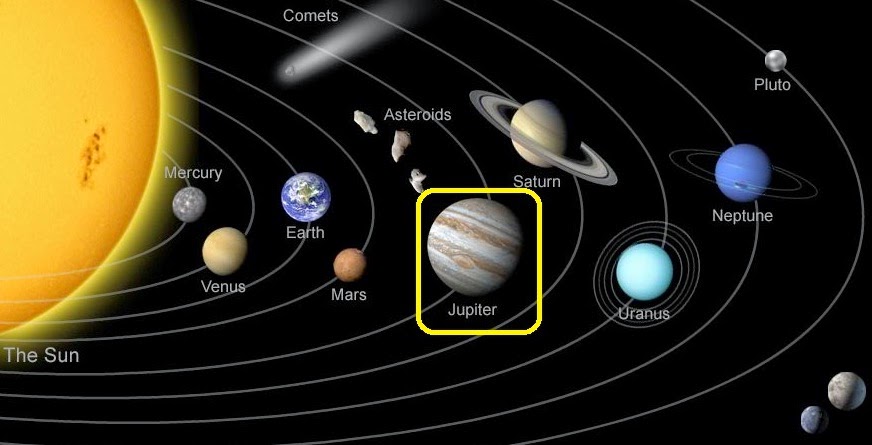The core of the sun: It's magic
The core of sun The core of the Sun is considered to extend from the center to about 20–25% of the solar radius. It has a150 g/cm3 (about 150 times the density of water) and a temperature of close to 15.7 million kelvin (K).
Jupiter: The 5th palnet
upiter is the fifth planet from the Sun and the largest planet in the Solar System. It is a gas giant with mass one-thousandth of that of the Sun but is two and a half times the mass of all the other planets in the Solar System combined. Jupiter is classified as a gas giant along with Saturn, Uranus and Neptune.
The Earth ... Our fantastic planet
Earth, also known as the world, Terra, or Gaia, is the third planet from the Sun, the densest planet in the Solar System, the largest of the Solar System's four terrestrial planets
The magic Hubble Space Telescope
The Hubble Space Telescope (HST) is a space telescope that was launched into low Earth orbit in 1990near ultraviolet, visible, and near infrared spectra. The telescope is named after the astronomer Edwin Hubble. and remains in operation.
NASA Telescopes Uncover Early Construction of Giant Galaxy
Astronomers have for the first time caught a glimpse of the earliest stages of massive galaxy construction. The building site
Wednesday, September 17, 2014
Solar energy the next generation power
How Can science prove the age of the earth?
 No scientific method can prove the age of the earth and the universe, and
that includes the ones we have
No scientific method can prove the age of the earth and the universe, and
that includes the ones we haveGalaxy Collision (Video)
Two spiral galaxies undergo a protracted crash lasting two billion years, eventually merging into a single
elliptical galaxy. Credit: NCSA/NASA/B. Robertson (Caltech) and L. Hernquist (Harvard Univ.)



















